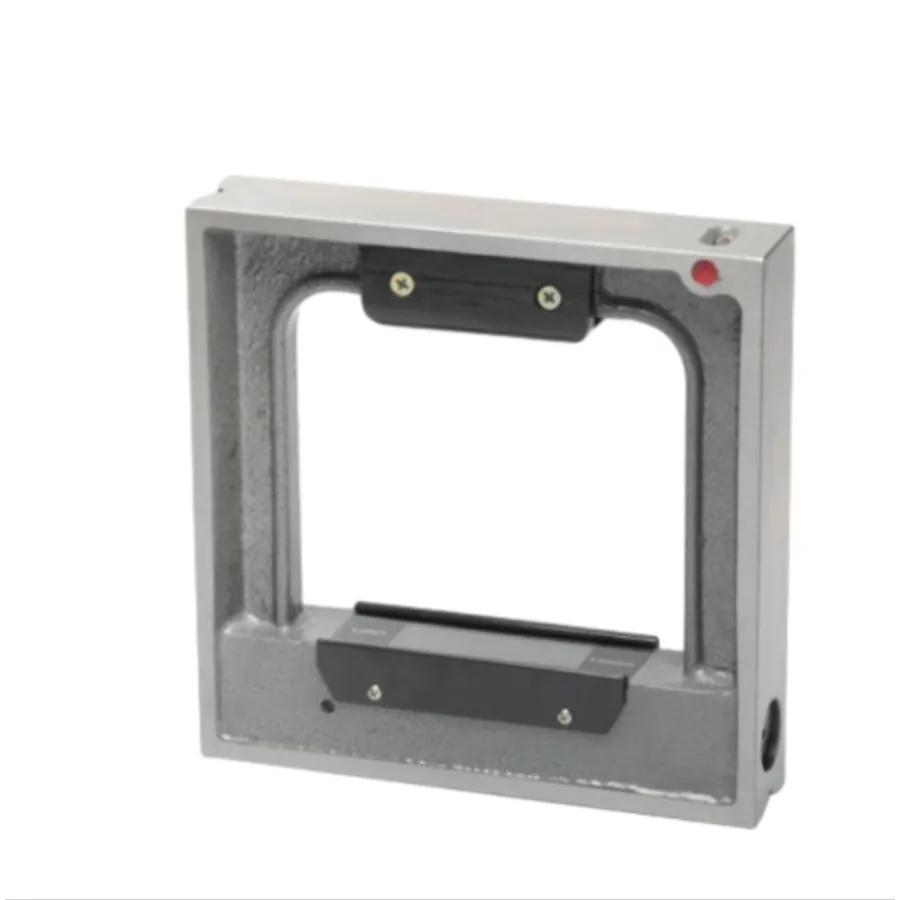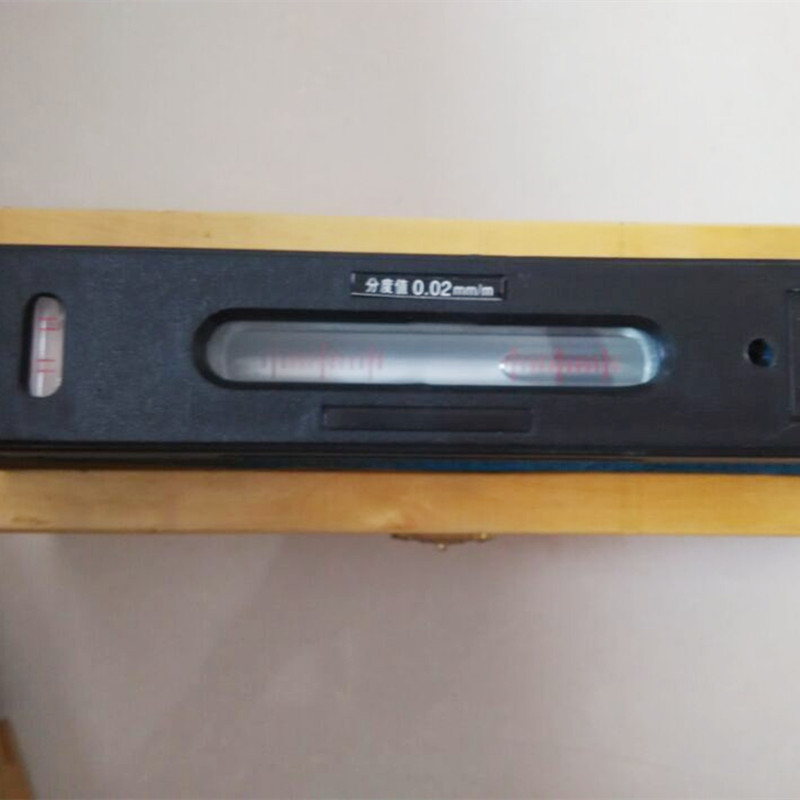Using a thread gauge is like giving your workshop a quiet, reliable compass. It doesn’t shout about its prowess, but it ensures every bolt fits, every nut threads smoothly, and every project stays precise from the first turn to the finish. For mechanics, hobbyists, and makers who care about quality, a thread gauge is a tiny tool with outsized impact. It catches problems early and keeps you confidently aligned with tolerances that matter in the real world.

A thread gauge measures several things at once: the diameter of the male and female threads, the pitch as threads per inch or per millimeter, and sometimes the thread form. With practice you can identify standards quickly—the coarse bite of larger fasteners or the fine thread that keeps a cap securely in place. It also reveals mismatches between a part and a fastener that would otherwise slip through by chance.
Types of gauges include ring gauges for external threads, plug gauges for internal threads, and pitch gauges that read thread spacing. Some gauges cover both metric and imperial sizes, while others stay true to a single system. A well-chosen set should include a couple of representative examples of the most-used standards in your shop so you can confirm fit without cross-threading. Keep a quick reference chart nearby; standards drift and new parts arrive with unfamiliar pitches.
How to use it: begin with a clean, dry thread. Inspect the gauge for nicks or burrs that could distort readings. Compare the gauge to a known reference, then test the male and female parts with a gentle, steady twist, keeping the tool perpendicular to the thread axis. For ring gauges, slide the ring over the outer thread until it seats; for plug gauges, thread them in to a consistent depth. Use a pitch gauge to verify spacing when in doubt. If the thread glides in smoothly with a uniform trace, the fit is likely correct. If you feel resistance, binding, or a gritty bite, stop, inspect for burrs, damaged threads, or the wrong pitch, and recheck after cleaning.

Choosing a gauge means balancing durability, accuracy, and budget. Look for hardened steel or brass bodies that resist wear, clearly stamped standards, and a size range that matches your most-used fasteners. Some sets cover metric and imperial systems; others are specialized. Decide whether you want a full ring-and-plug kit or a compact travel set. A good gauge should feel solid in your hand, provide easy-to-read numbers, and come with concise reference charts.
Maintenance keeps accuracy. Clean threads after use, wipe away moisture, and store gauges in a protective case to prevent nicks. Calibrate periodically against a known good part, and replace worn gauges before they compromise your work. With proper care, a thread gauge becomes a trusted partner that lasts for years.
Invest in a quality thread gauge and invite precision into every project. It’s not just a tool; it’s a quiet promise that your results will align with your standards—and your customers will notice.

Golden AC generator | Filter DN50 | Metal Chain Link Fence | industrial metal supply With multiple core patented technologies and rigorous quality control systems (such as 9001 certification), we have established long-term partnerships with over 300 automotive manufacturers and component suppliers worldwide. Our products are exported to countries such as Europe, America, Southeast Asia, and Africa, with an annual production capacity exceeding 300000 units. We have won market trust with stable delivery and after-sales support.At the core of Storaen (Cangzhou) International Trading Co. portfolio lies its unparalleled expertise in cast iron welding platforms, measuring tools, plug gauges, ring gauges, and valves. These products, crafted with meticulous attention to detail and backed by stringent quality control measures, embody the hallmark of reliability and durability, catering to the diverse needs of industries worldwide.